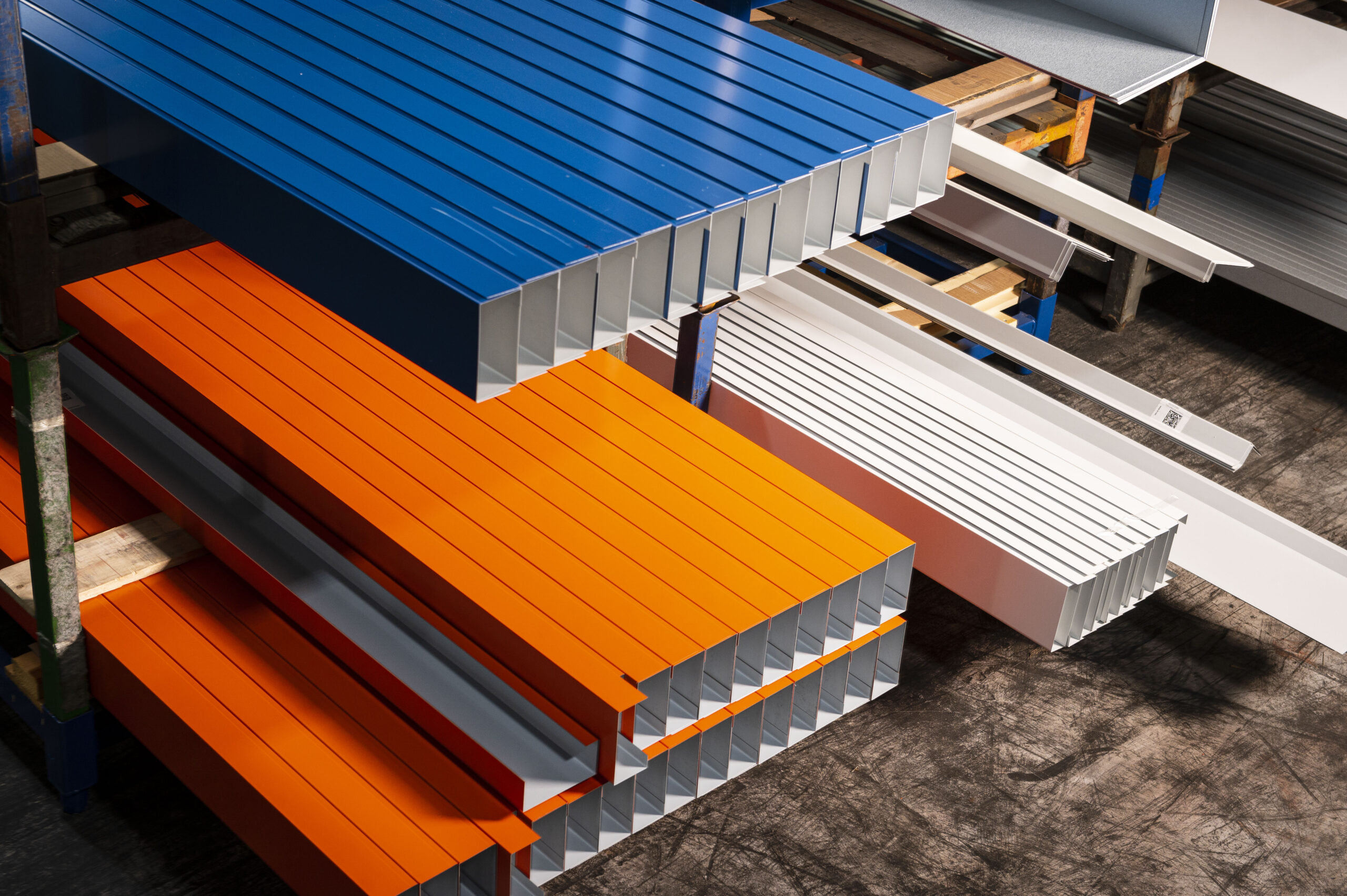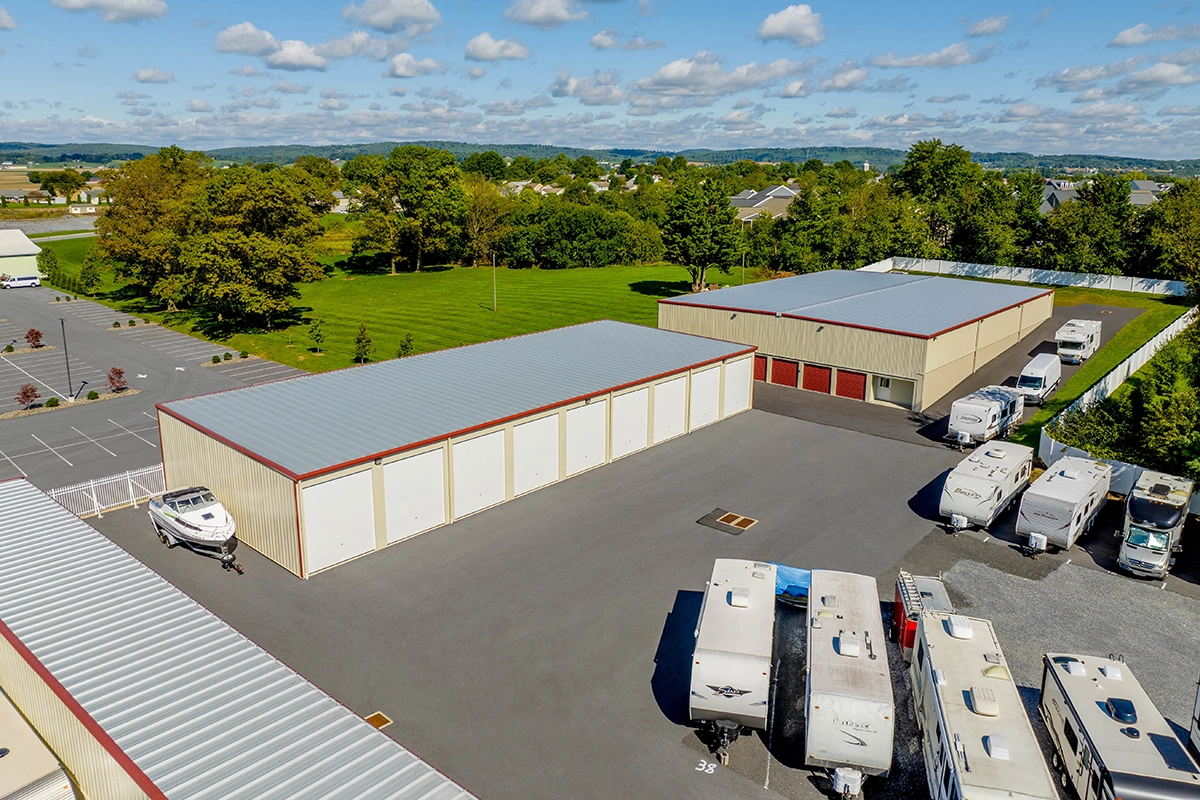A good developer makes self-storage construction look easy. The various trades involved in a project flow in, one after another, each contributing their skills to what will eventually be a great looking storage facility. But the reality is that it’s not that simple. A lot of planning and preparation goes into getting the details right. Here is a list of some of the most common mistakes that we see developers making on a daily basis.
Failing to consult the right professionals at the right time
Before you can develop a plan, you need to identify a market with a need for storage, find a buildable parcel, and identify the buildable area on that parcel. Identifying demand will require an investment of your resources in researching a market, and in most cases the services of a consultant to at minimum provide a demographic report, or possibly a complete demand study on your market. After a buildable parcel has been found, you’ll invest in the services of a local civil engineer (and talk to the city engineer) to determine the specific constraints of your land. Many new developers skip this preparation and call a building supplier and ask where they should build; ask for plans to be drawn on land that they neither own nor have a survey for, or ask for a building price without knowing what they plan to build. This isn’t a good use of anyone’s time. Don’t worry about unit mix early in the process – ask your building company for a ballpark price per square foot and worry about the design later.
Not buying the right land.
Deciding where to build is quite possibly the most important of all decisions that you’ll make in this process. If you spend too much, you’ll have a hard time breaking even. Spend too little settling on a location with poor visibility and rental activity will suffer. Doing your homework up front with a demand study will help guide you as to what size parcel you should be looking for. Of the very few clients that I have seen struggle in this business, most of them either overbuilt in a first phase, or built too far away from their target client base.
Making assumptions
During the planning phase, some details tend to get overlooked. Did you assume you can build the project without sprinklers or firewalls? Did you assume no pond was needed? Contact the government bodies that will approve and inspect your project early in your planning process to determine the restrictions that you’ll face. Get answers in writing. Fire and stormwater regulations have changed in recent years. In one example, a developer neglected to consult their local fire marshal, and insisted that their state’s requirement for firewalls between each unit did not apply to the project. A year after project completion (and it’s fully rented now) the owner is facing consequences with the local fire marshal.
Being “old school”
Old school motorcycles are cool. Old school self-storage facilities are not. Consumers respond well to high tech features and security in this industry. Plan up front to install wiring and electric service to support gates, cameras, and a kiosk on your site. If you cannot afford the bells and whistles on your first phase, install conduit and devise a layout that will make it possible to add them later. Offices, parking and kiosks should be laid out to be accessible from outside of gated areas.
Embracing technology extends beyond the physical site. Budget for software, a good web site, and plan to accept credit cards. Establishing a proper accounting system and point of sale software from the day you open will greatly simplify running the business. Accepting credit cards will give you the edge over facilities that don’t, and the benefit of longer rentals with an autopay system outweighs the fees associated with accepting credit cards.
Unrealistic Timelines
At the recent ISS show, within the first hour of opening, three different individuals told me that they would like a price on a three story building that they plan to build this summer. I hate to be the bearer of bad news, but no three story building that has not yet been designed is going up anywhere in three months. The process of buying land, planning a site, acquiring entitlements and building permits, preparing the site, pouring foundations, and erecting buildings can easily stretch into years. The more complex the project, the more time it will take to design and approve it. The reality is that during the boom that we are currently seeing, most projects will take a little longer to complete. Workers involved in construction; from the people issuing permits to the people seeding the lawn (and everyone in between) are in high demand.
Underestimating Mother Nature
When designing a facility, maximizing rental space is a high priority. Equally important however is planning to handle local weather conditions. If your site is in a snowy area, think about how where plowed snow will be deposited, and how your roof pitch selection and building orientation will impact snow on the site. For example, snow slides off high pitched roofs and can be hassle to deal with unless snow blocks are installed.
Ensure that doors are correctly wind rated – if you are buying your doors separately from your building, it’s critical that the doors meet your local codes, or they could be the weak link when severe weather strikes your area.
With proper planning, developing your facility should go relatively smoothly. Surround yourself with experienced professionals, and listen to their experiences. Go into the project willing to invest in your project’s design stage, because this will ultimately result in the best possible final project. Keep in mind that your timeline will be in flux, and weather is unpredictable. If you build a site and have regrets afterwards, you are in good company (incidentally, “I wish I had built a nicer office” and I wish I had more land” are probably two big ones). But with proper planning, you can minimize your regrets and establish a path for future expansion as the business prospers.


